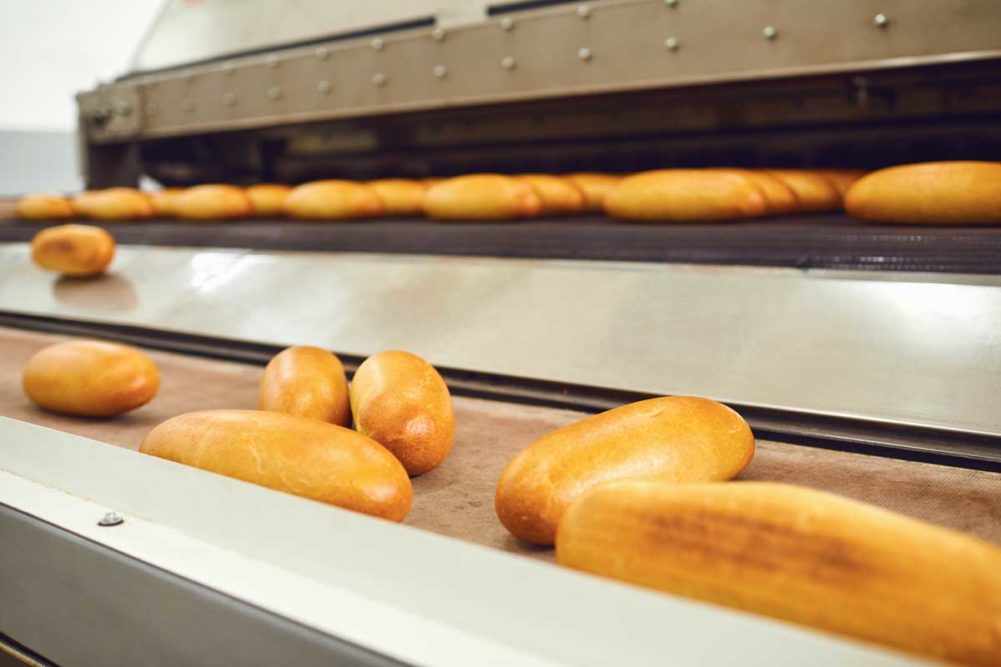When it comes to baking, letting off a little steam can make everything look and feel better. That’s because moisture, along with time and temperature, play an integral role in determining the quality and characteristics of the final product.
“In bread and rolls, steam in the first zone is usually used for crust, color and shine,” observed Dennis Kauffman, executive product director, AMF BakeTech, AMF Bakery Systems. “Moisture also affects the sliceability, softness, shelf life and mold control in these products.”
Moreover, the amount of moisture and relative humidity provides myriad benefits, including reduced baking weight loss, quicker bake time, lower oven temperature and delaying the firming of the product during storage, added Remco Bijkerk, executive product manager, AMF Den Boer, AMF Bakery Systems.
Moisture levels in products can also be enhanced through a reduction in bake times as typically seen when using thermal heat processes such as air impingement.
“Controlling process exhaust flow is also very effective at increasing or reducing product moisture thru the baking process,” Jerry Barnes, vice president, Babbco, pointed out. “Steam can be introduced at various points in the profile as well.”
[Related reading: How to adjust for making artisan crust]
In many cases, bakers can rely on a moisture sensor applied to near-infrared technology and determine how to control the relative humidity throughout the process, noted Davide Deppieri, master baker, Tecnopool.
However, the actual calculations and fine-tuning of oven parameters require a thorough understanding of everything from the amount of moisture being released by each product to the amount of throughput that’s creating the relative humidity from the beginning to the end of the bake.
Often it takes an extensive amount of testing to perfect how all these variables interact.
“First of all, we must consider the product since there are enormous differences if we are talking about natural or chemical leavening,” Mr. Deppieri said. “It is necessary to build up a rheological model to forecast the engineering calculations and the process design. Then, we have to choose the heat transfer mechanisms during baking. Tecnopool has two test plants to simulate all these interactions.”
This article is an excerpt from the June 2020 issue of Baking & Snack. To read the entire feature on ovens, click here.




